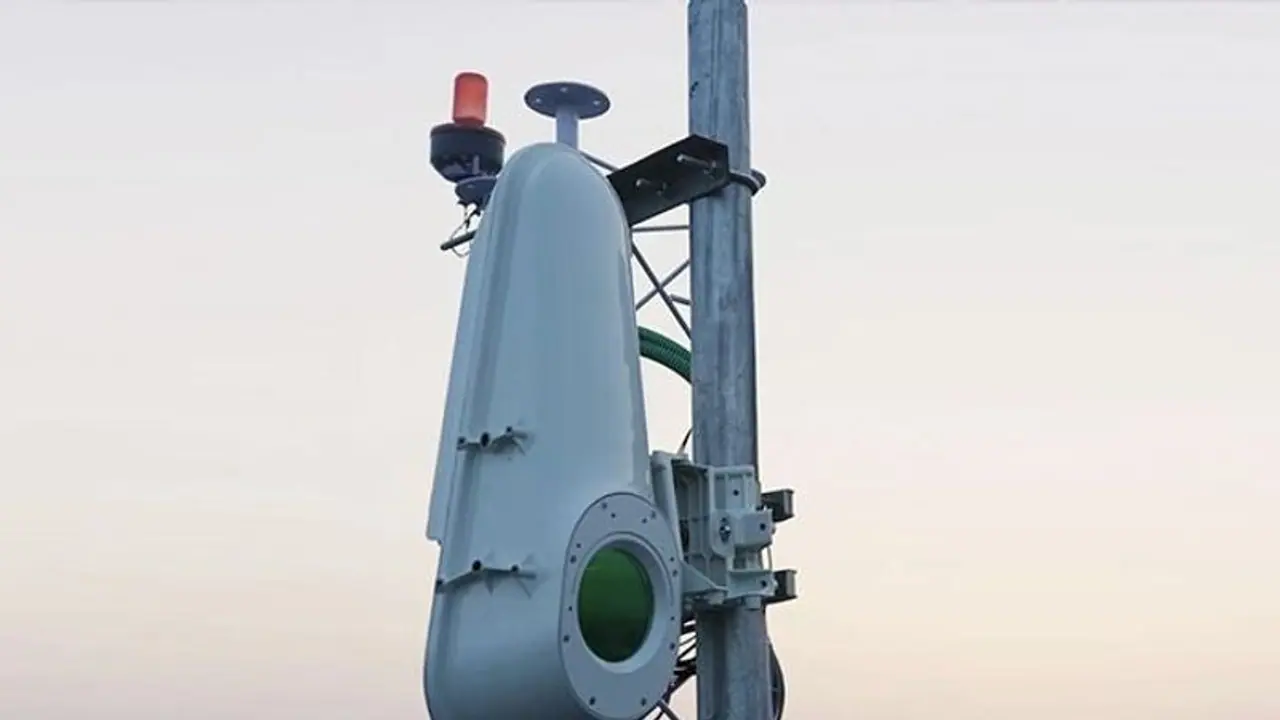Taara lines offer an affordable and rapidly deployable solution for expanding high-speed connectivity to urban areas and rural communities. Taara possess the capacity to link people to the advantages of online education, business opportunities, and seamless communication on the internet, says Girish Linganna
Increasing internet access will require affordable, dependable, and scalable infrastructure. Global internet traffic is expected to increase by 25 per cent annually. Fibre-optic cable can sustain this increase in demand, but deploying a large fibre network can be difficult. Planning and excavating trenches for laying lines can be time-consuming and expensive, and difficult terrain can offer physical hurdles that make extension practically impossible. Where fibre fails to reach, operators and service providers need a quick and cost-effective way to provide high-speed connectivity using wireless technology. Most of these technologies currently operate in the radio spectrum, but the radio spectrum alone cannot meet the world's expanding data demand.

What if we jumped to the optical spectrum and gained 30 times the data capacity? Meet 'Taara', which uses light to transfer information at very high speeds across the air as a very narrow, invisible beam, similar to fibre but without the connections. And it's being deployed in India.
Extending access to high-speed broadband
Taara's light beam Internet technology is currently being deployed in India, Africa, and other parts of the world. Taara lines are a low-cost, quick-deployment option to extend high-speed access to cities and villages.
Taara's links bridge important gaps between major access points, such as cell towers and WiFi hotspots, and have the ability to connect thousands of individuals to the web's educational, business, and communication benefits.
Alphabet behind Taara
Alphabet, Google's parent company, shut down Project Loon in January 2021, a programme researching the use of stratospheric helium balloons to distribute wireless internet (an earlier attempt to use solar-powered drones failed in 2017).
However, some technology developed as part of the Loon project has remained in development, specifically the Free Space Optical Communications (FSOC) links that were originally intended to connect the high-flying balloons -- and that technology is now actively in use providing a high-speed broadband link for people in Africa.
FSOC, which is similar to fibre optic cables but without the cable, can build over 20Gbps broadband link between two sites with a clear line of sight, and Alphabet's moonshot lab X has developed Project Taara to give it a shot.
They began by establishing links in India a few years ago, as well as a few pilots in Kenya, and today X revealed what it has accomplished by using its wireless optical link to connect service across the Congo River from Brazzaville, Republic of Congo, to Kinshasa, Democratic Republic of the Congo.
Taara in India
Alphabet Inc, Google's parent company, has made prior attempts to provide internet to rural and remote parts of the world through the use of stratospheric balloons but had no success. With the advent of technology, the firm is now providing internet access to distant places through light beams
Taara, a project of Alphabet's X (otherwise known as the "Moonshot Factory"), was set in motion in 2016 after the organization's attempts at using stratospheric balloons for internet delivery faced financial difficulties, as indicated by company executives.
Krishnaswamy, who is the head of Taara, stated that this time, the situation is improving. Executives from Taara and Bharti Airtel, a major telecom and internet supplier in India, have declared that they are now working toward a larger deployment of the new laser internet technology in India. However, no financial information has been revealed.
Wireless high-throughput networks transport data
Wireless optical communication technology can transport data at high speeds of up to 20 Gbps bidirectional throughput up to 20 kilometres with a clear line of sight. Taara links can be quickly deployed and redeployed by network operators and service providers to:
* Increase the length of fibre backhaul
* Improve radio backhaul
* Increase network resiliency
* Traverse difficult terrain
* High-capacity relay backbone
* Provide a backup path
* Helps to meet rising demand
The technology is useful in locations where fibre connections are difficult to connect or radio infrastructure is congested. These environments include areas near forested areas, bodies of water, railway tracks, and dense metropolitan areas.
